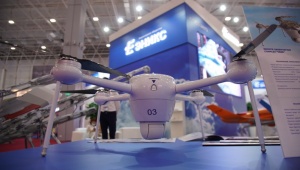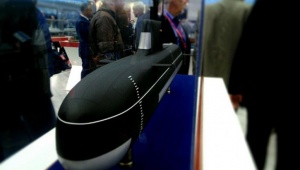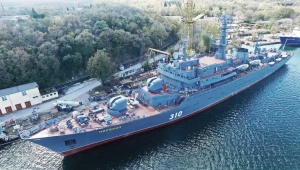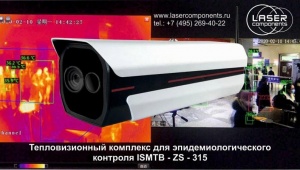According to the ministry ordered the development works, high icebreaking capability, hull strength and practically unlimited endurance of the nuclear-powered supply icebreakers will substantially increase their operational time in Arctic to conduct navigational and supply activities.
A supply icebreaker will be capable to overcome 2.3-2.4-meter thick ice at 1.5-2 knots and have food supplies endurance of 6 months. In addition, the ship will have fuel for 30-hour long operation of emergency diesel generator and 15-hour long operation of standby diesel generator. Full speed in the ice-free water at full-load displacement shall be at least 18 knots.
Basic advantage of the electric propulsion system to be mounted in the new icebreaker is the capability of rapid change of propeller speed and direction, and, therefore, higher acceleration and maneuverability of the ship, as well as easier control. Besides, implementation of the electric propulsion principle allows for freer configuration of the vessel in terms of location of the main propulsion plant.
Currently, electric propulsion system is used in the ships that, due to their purpose, shall have high maneuverability, e.g. submersibles, icebreakers, tugs, ferries and some types of drilling vessels. In the long view, it will be also used in the Russian Navy’s ships.
Russia Develops Nuclear-Powered Supply Icebreaker with Composite Superstructure
Blueprint of a new nuclear-powered supply icebreaker with composite superstructure and electric propulsion system will be designed in Russia by the end of 2016. The ship’s orderer is the Ministry of Industry and Trade of the Russian Federation.























